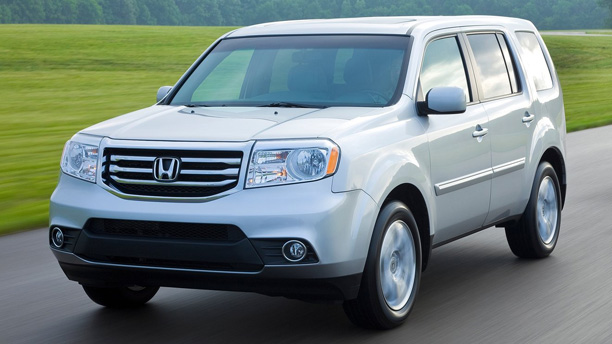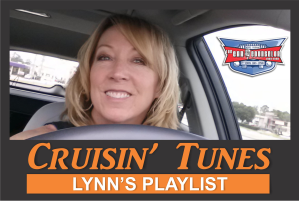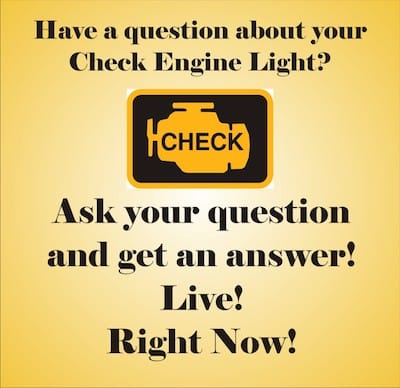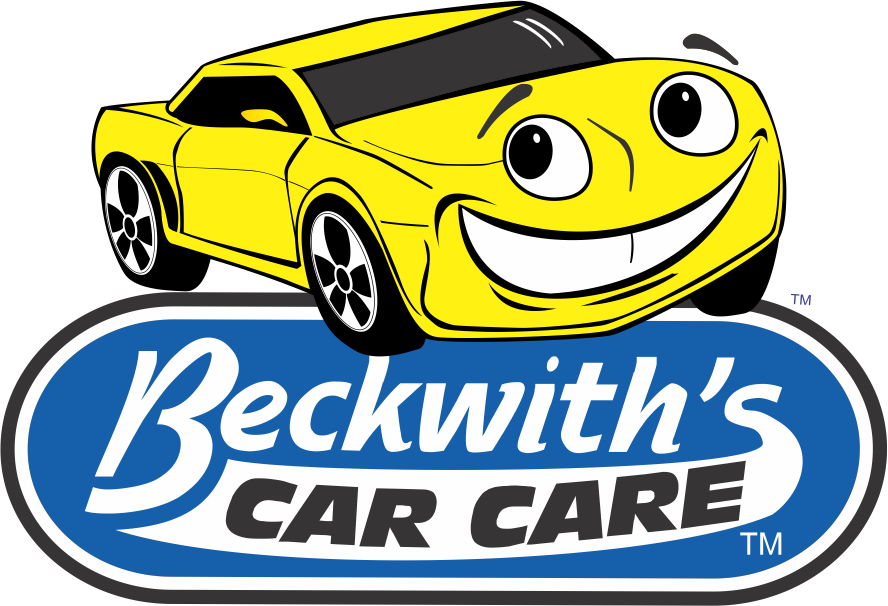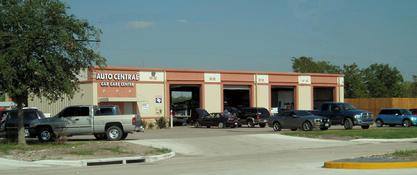1. Decide how much you really want to spend
Before you go to a dealership and fall in love with your “NEW BABY” be sure to give some serious thought to how much you want to spend. It is too easy to become emotional and to be “sold” on a vehicle by an experienced salesman. Typically, keep your total monthly expenditure to less than 15 or 20 percent of your total budget. Remember to include any increase in car insurance and maintenance expenses too. Try not to think of just this month, instead think of future plans and how long you want to make payments and analyze the total expense over several years. Cars do not break down as often as they used to, but do require maintenance as they age. So, settle on a comfortable monthly amount and work backwards into how much of that should be for the actual car note.
2. Research Pricing and Options
Find out what the dealer paid for your car so that you have an idea of what their bottom line might be. This is difficult because the dealer also gets incentives and bonuses for meeting sales goals. Edmunds.com is a good resource to find out what the dealer paid for your car. You can also ask the salesperson directly. Dealers get incentives that lower their actual vehicle cost. So starting your negotiations near the “dealer’s invoice” amount typically works out well.
All of the manufacturers have websites that allow you to pre-build a vehicle. This will help you decide on features before you get to the dealership. There are countless reviews on vehicles on the web too.
3. Time Your Vehicle Purchase
Sale’s managers have sales goals and frequently have a quota or bonus level they are targeting at the end of each month and, of course, at the end of the year. Sometimes it is beneficial to purchase during the last week of the month.
Even when buying a used vehicle from a dealer, car lot or individual the end of the month is the prep period for the bills and rent that are4. due on the first of every month. So this theory can even help out with a used car.
4. Consider your Financing Options Before You Go Shopping
Make a decision on the type of financing that is ideal for you before you start your test drive. Dealership finance departments are as skilled as the salespeople in guiding you towards the programs that make the company and themselves the most money. It’s their job. Compare financing rates, contact your bank or a local credit union. The low rates that dealers offer on new cars can be great, but many will give you an additional rebate when you don’t take the low rate. If you are having trouble making a decision between two brands the financing rate may be what saves you the most money. If the safety net of an extended vehicle warranty (one that goes past the manufacturer’s complimentary warranty) is important to you then research those options ahead of time. Most extended warranties are not worth the investment, so choose carefully.
5. Presell your vehicle or know your trade in value
Selling a vehicle can be stressful. You will typically get more through a private sale, but there are other options. It can be simplest just to trade it in. If this is your plan negotiate your new car purchase price before throwing the trade in into the equation. This tactic allows you to negotiate the best price for your new vehicle. Selling your existing car through a consignment lot or a retailer such as CarMax can be a great way to establish a value and simplify the sales process. You can also utilize online services such as AutoTrader.com and Kelly Blue Book to help establish a price for your used vehicle (both the one you are selling and the one you are planning to purchase too).
6. Go to lunch or separate yourself from the sale
Shopping for a new or used car can be exciting, but is also stressful. It is usually an emotionally charged experience, because most of us really fall in love with our vehicles. No matter how unique the car is to you there will almost always be another opportunity to purchase one that is very similar, so take a deep breath and don’t rush.
Take someone with you – this does not have to be a negotiator – just a friend who will tell you to wait a day to buy or temper your emotional enthusiasm will do.
The salesperson knows that if you leave you might buy from someone else – so they will pressure you to make a commitment that day. When that happens ask them to let you keep the car for 24 or 48 hours to try it out. If they will not allow this – then try another dealer. Or, plan to rent a vehicle and drive it for a few days to truly experience it.
7. Take more than one test-drive
At the very least, always take more than one test drive. During your first drive you will be so overwhelmed with all of the new knobs and gizmos that you may miss something very important. The item that I see most commonly missed is road noise. So, turn off that fancy new radio, ignore the navigation and back up camera and spend more than a few minutes experiencing the handling, noise and ride of your new car.
If you will regularly have passengers in your vehicle then you are buying for more than just yourself. Take them with you on a test drive too. Not only will you be sure that everyone is comfortable you will also have some extra input to help in your decision
8. Inspect your new car
Once you have made up your mind, handled financing or written a check there is still more work to do. Be certain to allot some extra time when you take delivery of your vehicle. Whether new or used the vehicle will be unfamiliar to you and most dealerships have someone dedicated to helping you understand all of the newfangled contraptions in your car. Even brand new cars can have flaws, be certain to pick up your vehicle in the day light so that you can see it well. Check it over inside and out. Ascertain that the spare tire and jack has been placed in the correct storage area and that it fits the tires that are on your vehicle. Make note of any concerns on the delivery receipt so that they are well documented.
9. Enjoy!
Vehicles are very well manufactured today and by following a common sense maintenance plan you will be able to enjoy your vehicle for hundreds of thousands of miles.
Wishing you miles and miles of happy driving,
Lynn Beckwith

